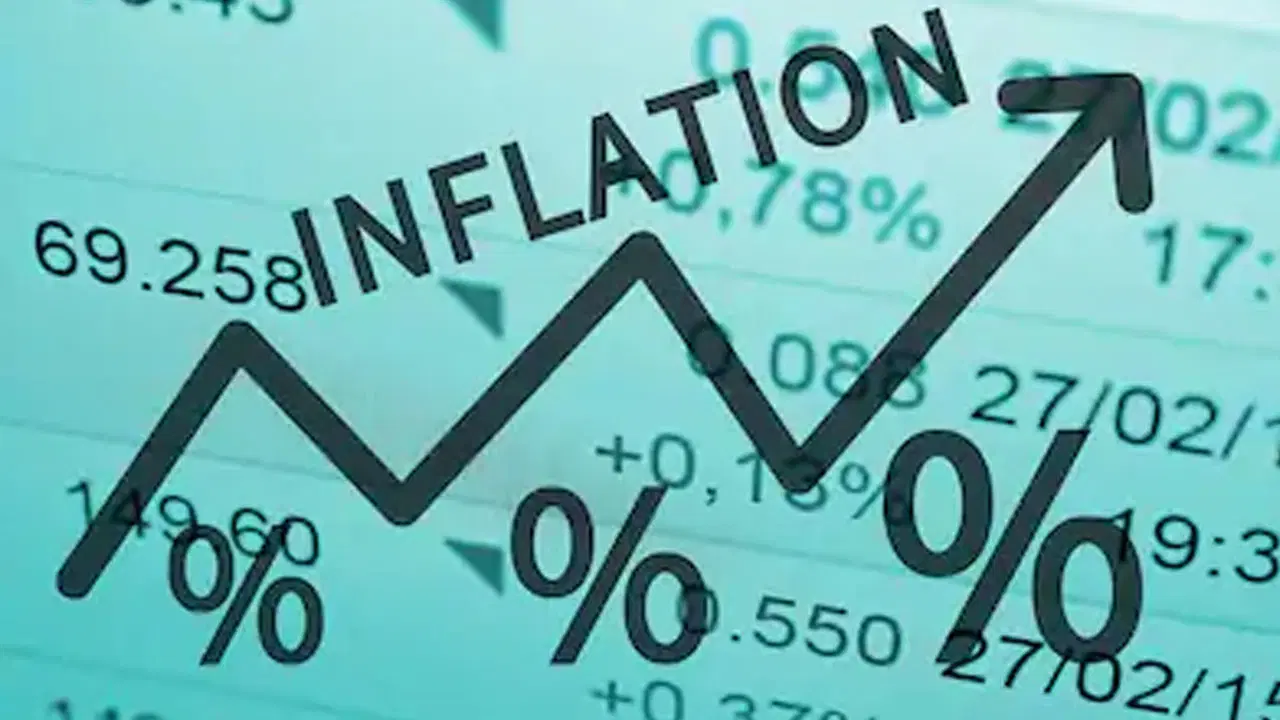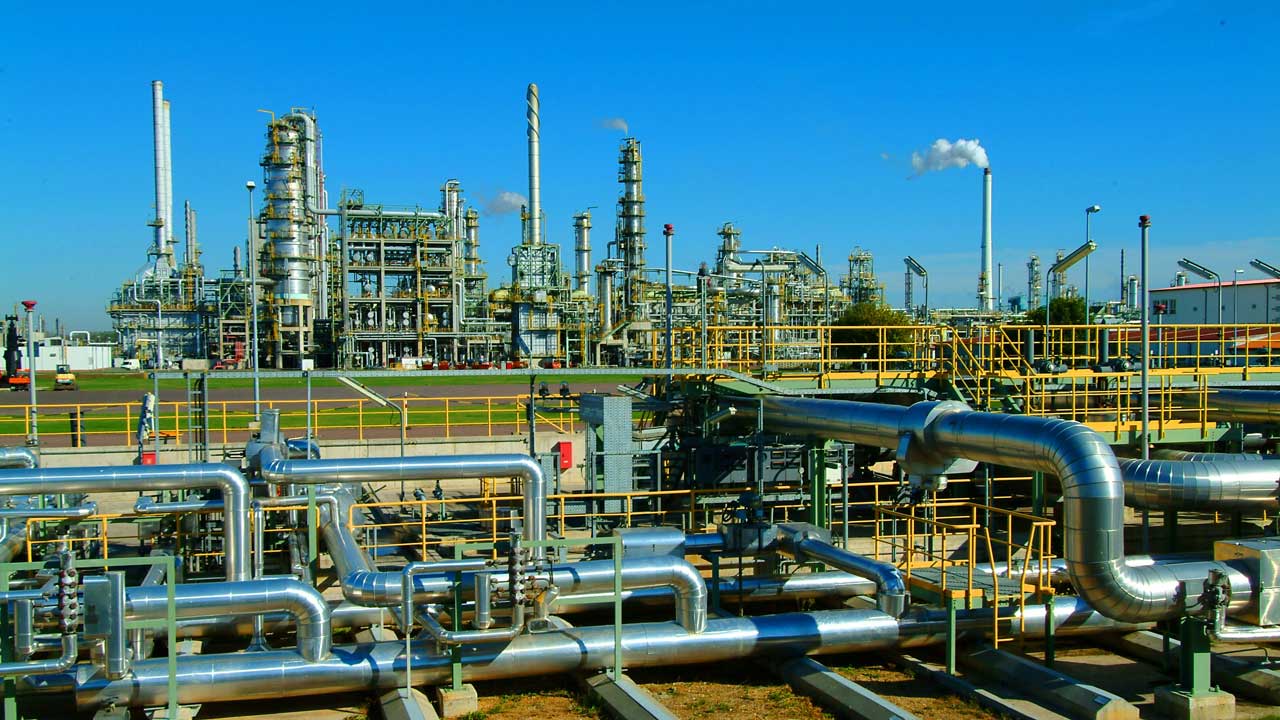Nigeria’s headline inflation rate eased to 18.02% in September 2025, down from 20.12% in August, marking the sixth straight month of decline and the first time in three years that inflation has dropped below 20%.
The latest figures were released on Wednesday by the National Bureau of Statistics (NBS) in its Consumer Price Index (CPI) report. The agency attributed part of the decline to the rebasing of the CPI, which has helped moderate the inflation figures in 2025.
The steady slowdown in inflation has also prompted optimism among analysts that the Central Bank of Nigeria (CBN) may cut interest rates again at its next Monetary Policy Committee (MPC) meeting, following the 50-basis-point reduction in September.
Inflation Breakdown
According to the NBS report, the September inflation rate fell by 2.1 percentage points from the previous month. On a year-on-year basis, the 18.02% rate represented a sharp drop of 14.68 percentage points from 32.70% recorded in September 2024.
Month-on-month, inflation stood at 0.72%, slightly lower than 0.74% in August, showing a slower rise in average prices.
Food inflation — which has been a major driver of Nigeria’s cost-of-living crisis — dropped significantly to 16.87% year-on-year, down from 37.77% in September 2024. The bureau noted that this sharp decline was “technically due to the change in the base year.”
On a monthly basis, food prices actually fell, with a -1.57% reading, compared to 1.65% in August, reflecting lower prices for key staples such as maize, beans, garri, millet, potatoes, onions, eggs, tomatoes, and pepper.
Core inflation, which excludes volatile food and energy prices, was 19.53%, a 7.9% drop from 27.43% a year earlier.
Urban and Rural Trends
Urban inflation edged slightly higher month-on-month at 0.74%, up from 0.49% in August, but year-on-year it dropped to 17.50% — about 17.6 percentage points lower than in September 2024.
Rural inflation also declined both annually and monthly, settling at 18.26% year-on-year and 0.67% month-on-month.
State-by-State Inflation
At the state level, Adamawa (23.69%), Katsina (23.53%), and Nasarawa (22.29%) recorded the highest headline inflation rates year-on-year, while Anambra (9.28%), Niger (11.79%), and Bauchi (12.36%) had the lowest.
Month-on-month, Zamfara (9.36%), Adamawa (8.15%), and Nasarawa (7.49%) saw the biggest increases, while Niger (-8.14%), Oyo (-5.56%), and Bayelsa (-4.61%) experienced declines.
For food inflation, Ekiti (28.68%), Rivers (24.18%), and Nasarawa (22.74%) topped the list, while Bauchi (2.81%), Niger (8.38%), and Anambra (8.41%) saw the slowest price growth.
Analysts’ Reactions
Economists and financial analysts say the data signals a sustained cooling in price pressures and could pave the way for another rate cut before the end of the year.
Lukman Otunuga, Senior Research Analyst at FXTM, projected the slowdown earlier in the week, citing “a combination of softer food prices and a strengthening naira” as key factors.
Analysts at Arthur Steven Asset Management also noted that the continued disinflation trend reinforces expectations for another rate cut in November.
In its own analysis, AIICO Capital said the inflation decline reflects the positive effects of recent government reforms.
“The rebasing of the CPI to a new 2024 base year, along with stable energy prices and a 2.9% appreciation in the naira — its strongest level in 15 months — have all contributed to moderating inflation,” the firm said.
Read Also;
Dollar to Naira exchange rate today, October 16, 2025
AIICO added that with inflation now approaching the 15% budget benchmark, the CBN may be encouraged to further ease monetary policy, but cautioned that long-term price stability will depend on policy consistency, food security, and energy stability.
Overall, the September data paints a cautiously optimistic picture: Nigeria’s inflation is cooling, the naira is firming, and policymakers have a window to support growth — if they can keep the economy stable and avoid new shocks.




